The Ends of Painting, 2018-2020
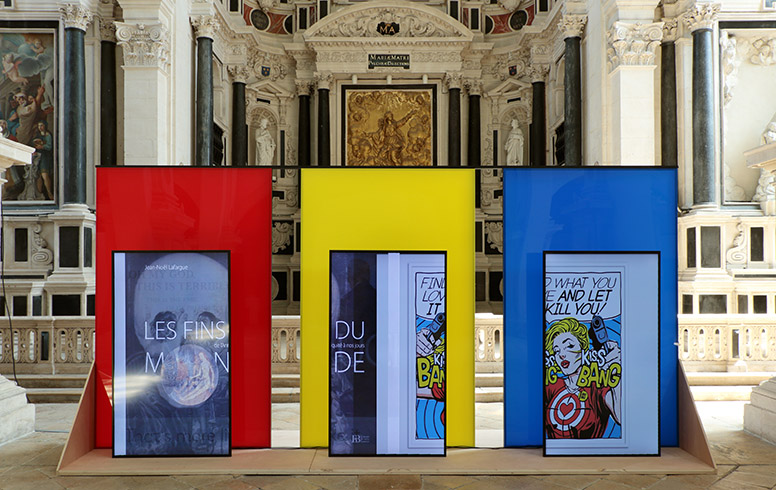
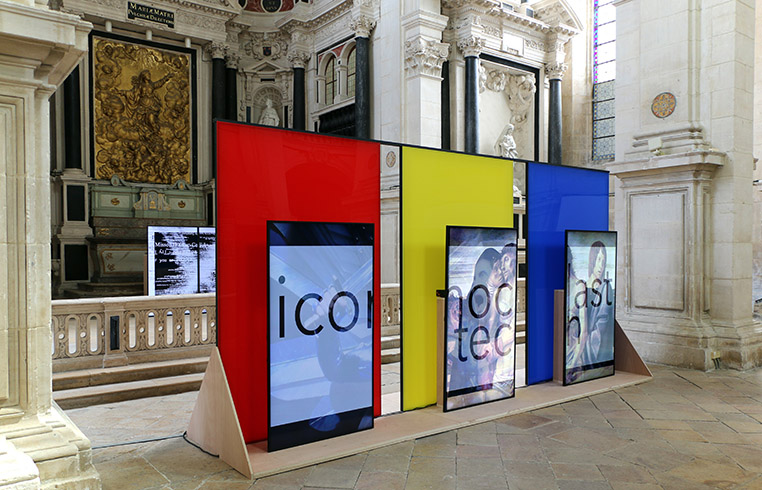
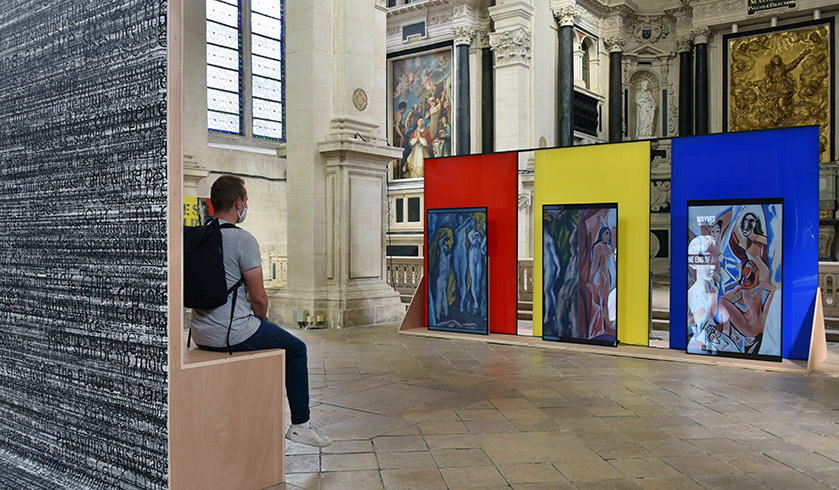
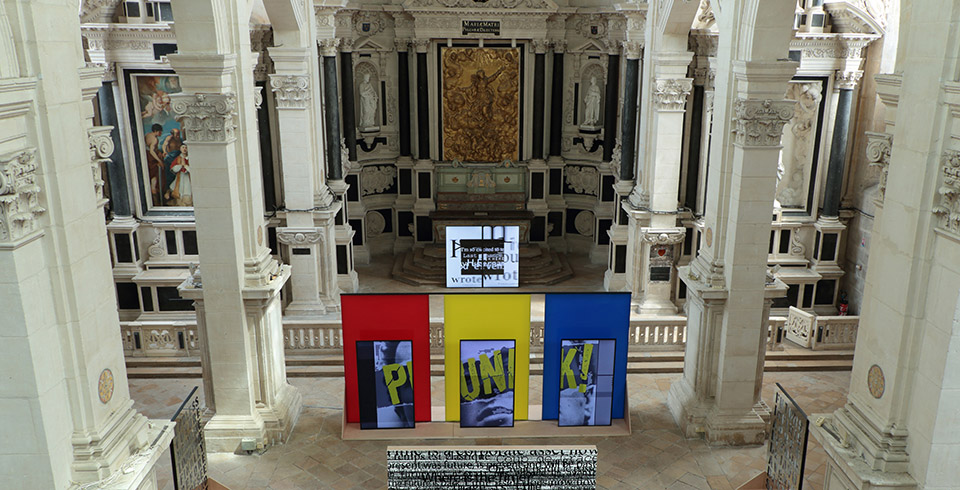
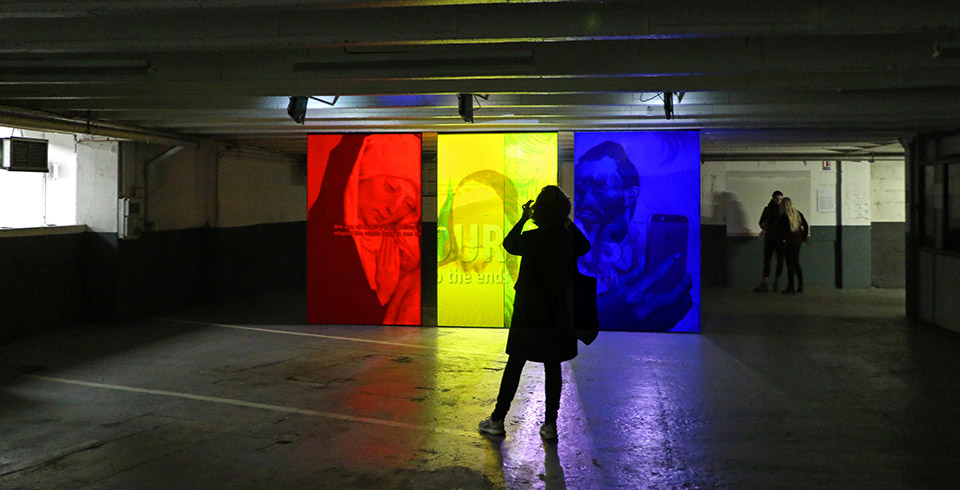
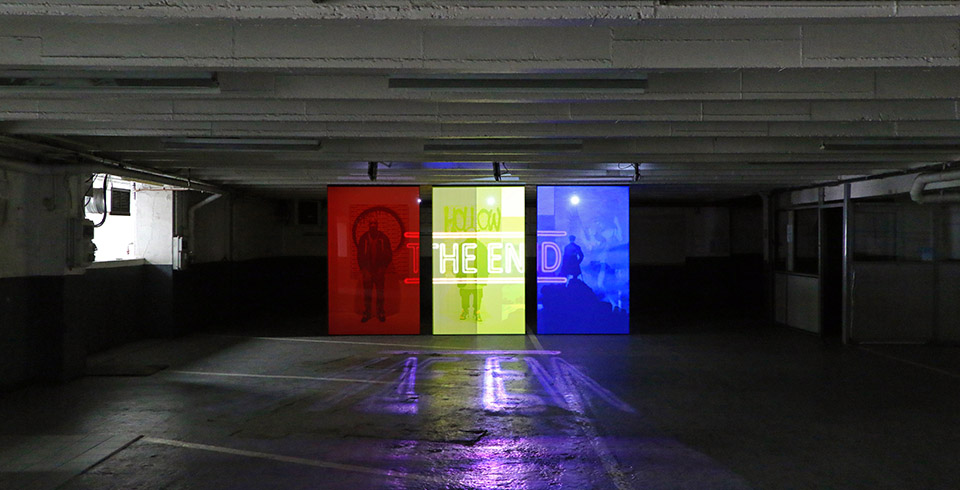
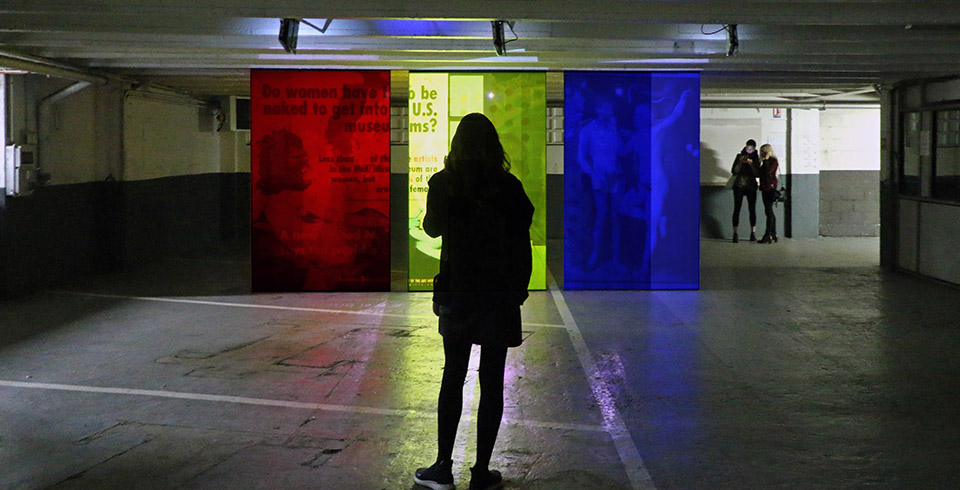

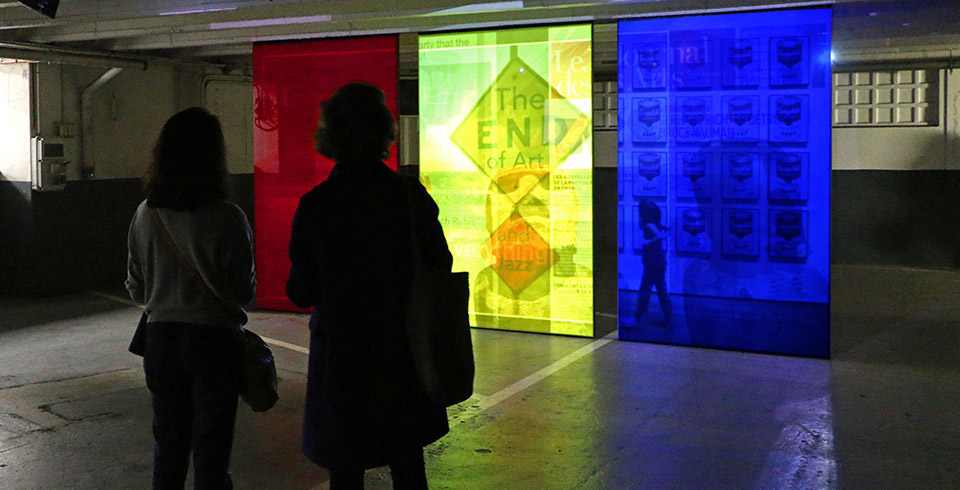
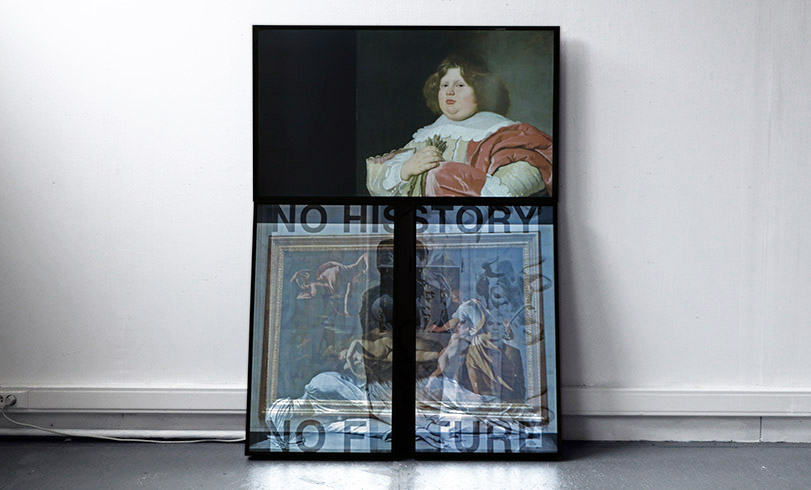
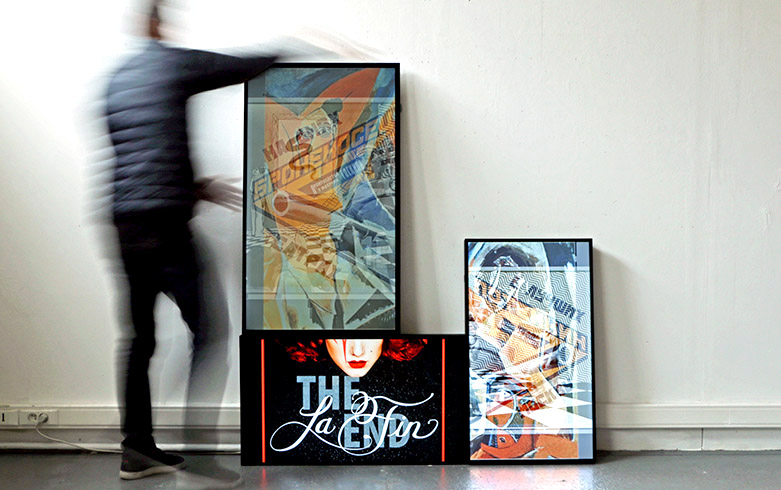
As from today, painting is dead.
This sentence was pronounced nearly two centuries ago, in 1839, by the painter Paul Delaroche when he discovered early photographs marking the obsolescence of painting in such a context. And throughout the modernist era, the death of art warrant has been an ongoing topic in art and has been regularly reenacted. Alexander Rodchenko 100 years ago, on the occasion of the 1921 exhibition of his famous three monochrome paintings, resumed his death warrant:
I reduced painting to its logical conclusion and exhibited three canvases: red, blue and yellow. Then I affirmed: it’s all over.
The Ends of Painting questions this issue of the multiple ends of painting and alludes to all the “ends of …” that characterizes our current times: the end of art, the end of man, the end of civilization, the end of politics, the end of history and of course the end of the world.
For several years, I have been collecting images from Google Image Search, by googling “the end of painting” on a routine basis, leading to an accumulative data of hundreds of thousands of images. I then make a selection, only to retrieve two series of images, one composed of images of paintings and artworks, and another with images that are offbeat, ironic, memes, and which form a representative set of the internet culture.
From this selected images database, I develop an algorithmic broadcast system that projects these images randomly by juxtaposing them, melting them into one another, hybridizing them, while producing flickers and glitches. This infinite video flux, without any beginning or end, is projected on 3 vertical screens, red, yellow and blue, echoing Rodchenko’s triptych.
The installation addresses the issue of ends that never end with the approach of an apocalypse already behind us.
Everything has always already starting and everything is always coming to an end (1)
A partir d’aujourd’hui, la peinture est morte.
Cette phrase fut prononcée il y a presque deux siècles, en 1839, par le peintre Paul Delaroche en découvrant les premières photographies et en s’inquiétant de la concurrence qu’elles faisaient à la peinture. Depuis, le sujet de la fin de la peinture n’a cessé d’être récurrent dans la pratique et l’histoire de l’art et a accompagné toute une partie du modernisme. Il y a 100 ans, Alexander Rodchenko signait à son tour la fin de la peinture avec son fameux triptyque monochrome et déclarait :
J’ai réduit la peinture à sa conclusion logique en exposant trois toiles: une rouge, une bleu, et une jaune. J’ai affirmé: voilà, tout est fini.
L’installation Les fins de la peinture de l’artiste Pascal Dombis aborde cette question des multiples fins de la peinture, d’une peinture qui n’en finit plus de mourir mais aussi celles de toutes les « fins de… » qui caractérise notre époque actuelle : fin de l’art ou de l’homme, fin de la civilisation, fin des idéologies, fin de l’histoire et bien sûr fin du monde.
Depuis plusieurs années, Pascal Dombis a collecté des centaines de milliers d’images correspondant à la recherche Google « fin de la peinture ». Il a ensuite effectué une sélection, pour en retenir deux séries d’images, une composée d’ images de peintures et d’œuvres d’art et une autre comportant des images décalées, ironiques, des memes, et constituant un ensemble représentatif de la culture internet.
A partir de cette base d’images sélectionnées, Pascal Dombis développe un système de diffusion algorithmique qui projette ces images de manière aléatoire en les juxtaposant, en les fondant les unes aux autres, en les hybridant, tout en produisant des flickers et des glitches. Ce flux vidéo infini, sans aucun commencement ni aucune fin, est projeté sur 3 écrans verticaux, rouge, jaune et bleu, en écho au triptyque de Rodchenko.
L’installation aborde la question des fins qui ne finissent jamais à l’approche d’une apocalypse déjà derrière nous.
En réalité tout a toujours déjà commencé et tout continue toujours de finir (1)
(1) Jean Luc Nancy & Federico Ferrari, La fin des fins, 2018